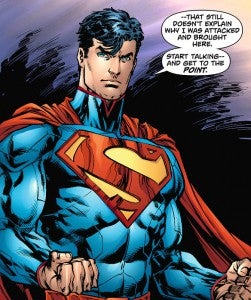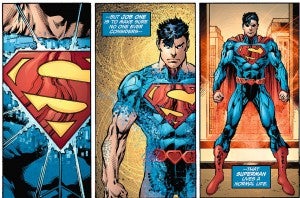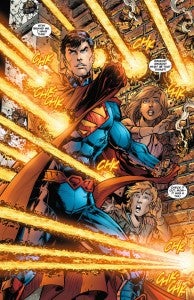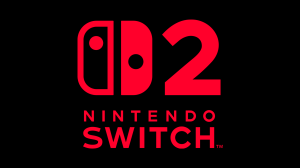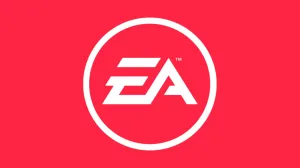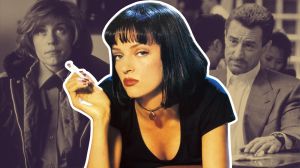With the release of Superman #7 this week, Dan Jurgens returns to one of the titles he’s most closely associated with for the first time in more than ten years, this time joined by co-writer Keith Giffen (with whom Jurgens worked on their recent Green Arrow run as well as an issue of Booster Gold on which Giffen was a guest artist before the DC relaunch) and artist Jesus Merino, the sole holdover from the title’s first six issues, which drew criticism for pacing but got generally good reviews and were consistently in DC’s top ten monthly sellers.In the first in a series of monthly interviews, Jurgens joins us to talk about the issue, about how this run is different from his previous take on the character and about setting the stage for the world Superman will exist in after an initial arc where George Perez focused pretty narrowly on the characters needed to tell that first story.Back in November, you tweeted that “Every comic I’ve drawn was with the same mechanical pencil since ’85. It broke today, ten minutes into page 1 of Superman #7.” Has that changed your process at all? it seems unlikely you could replace it with an identical model all these years later.Dan Jurgens: Not at all. It just seemed weird that as soon as I started on Superman— again– the same pencil I used to draw every other issue broke.Had I taken that as an omen, I’d have fled to the hills.Have you tried the George Perez pencil? That might add some nice continuity to the book…!Better to start anew with the Dan Jurgens Pencil– Phase II!
Did you already know when writing the issue–or was it just serendipity–that Grant was going to make the costume somewhat “dynamic” in its nature over in Action Comics? The way it appears around Superman makes total sense when you consider that it altered itself to suit Superman when he first put it on.
It’s interesting that one of the things you’ve got here is the statement that Superman makes hiding the mere possibility of a secret identity a priority. In the past, I’ve always had the impression that he relied on that to occur fairly organically. Is that a New 52 tweak in response to the idea that a pair of glasses is kind of a silly way to hide your identity?
In the days before the New 52, you drew both Green Arrow (whose book you recently left) and Superman. How is it different working on these familiar characters in the context of the new DC Universe?
You drew the pre-Byrne and post-Byrne Superman differently in Booster Gold (Volume I). I noticed that in some of these panels, Superman looked a big more lantern-jawed, in the way that the Bogdanove, McGuinness or Shuster type of artists might have drawn him in the past. Was that a style choice for New 52 Superman or just something that happened as a result of a new inker?
You’ve written your fair share of “cosmic” stories and big ideas, but really I mostly think of your work as being pretty character-driven. Does working with a “big ideas” guy like Keith dramatically change what your go-to instinct is in terms of how to tell a particular story?
Superman
What are the major differences in the way you depict Superman in the post-Flashpoint universe as opposed to the pre-Flashpoint DCU, costume aside?
For those of us not well-versed in the history of Helspont and other WildStorm characters, have these bull-robot things appeared before, and/or are they a reinvention of something that Helspont used to use?
You had said in interviews–and at the DC All Access: Superman panel at NYCC–that you planned on creating new villains and new challenges for Superman. We’ve seen that in the solicitations, but the first arc pits him against a villain that’s not new, just new-to-him. What happened there?
The difficult choices that people have to make in the DC Universe in terms of how they view Superman have been pretty well-established by now–but the “publicity whore” angle hasn’t really been explored much. Obviously we saw it with Booster in the past–a character both you and Keith are associated with. Will we see that more than once or was it just a throwaway line?
Justice League International
Superman
Has Helspont always had a magical element or is that new? I always just thought of him as an aliendictator-type.
Is there any special reason for the characters that Helspont makes appear during his monologue?
One last nitpicky question: Is Lucy Lane blind again or all better again?
In reviews and such, a lot has been made of Superman’s internal monologue–the idea that his voice retains the “Superman” feel while still managing to incorporate humor and personality that feels younger. was that a conscious choice?
“Informal” is an interesting word choice. Do you think one of the big differences in terms of how Superman operates now as opposed to before Flashpoint is that he hasn’t spent the last decade as the de facto leader of the metahuman community? The field general part of his voice is kind of gone, isn’t it?
That said, do you think the field general part was ever entirely appropriate? To quote (Batman by way of) Geoff Johns, Superman is meant to lead by inspiration and example. That makes for a great President but not necessarily a great commanding officer.
